Hidradenitis Suppurativa (HS) – Market Outlook, Epidemiology, Competitive Landscape, and Market Forecast Report – 2021 To 2032
-1.jpg)
Hidradenitis Suppurativa (HS) is a chronic skin disease that causes painful, boil-like lumps that form under the skin and often secrete pus and blood. In most cases, the cause of HS is unknown. Some HS cases have been associated with specific genes, including NCSTN, PSEN1, and PSENEN. · It is estimated that the prevalence of hidradenitis suppurativa (HS) is between 0.5 and 4% and may affect about 11 in 100,000 people in the US. Females are more likely to be affected than males. Thelansis’s “Hidradenitis Suppurativa (HS) Market Outlook, Epidemiology, Competitive Landscape , and Market Forecast Report – 2021 To 2032" covers disease overview, epidemiology, drug utilization, prescription share analysis, competitive landscape, clinical practice, regulatory landscape, patient share, market uptake, market forecast, and key market insights under the potential Hidradenitis Suppurativa (HS) treatment modalities options for eight major markets (USA, G...
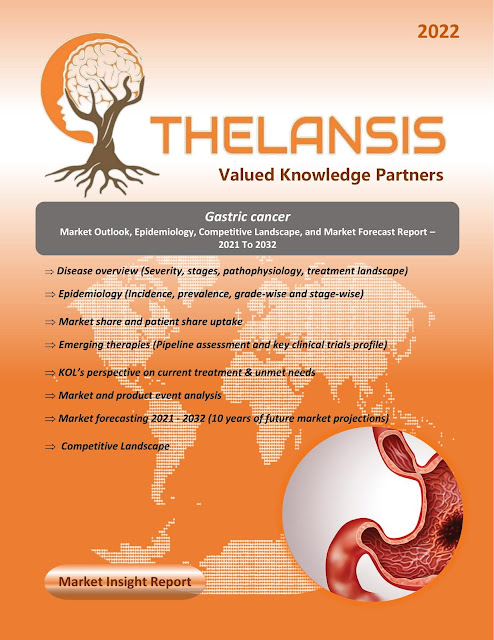

-1.jpg)
-1.jpg)
-1.jpg)
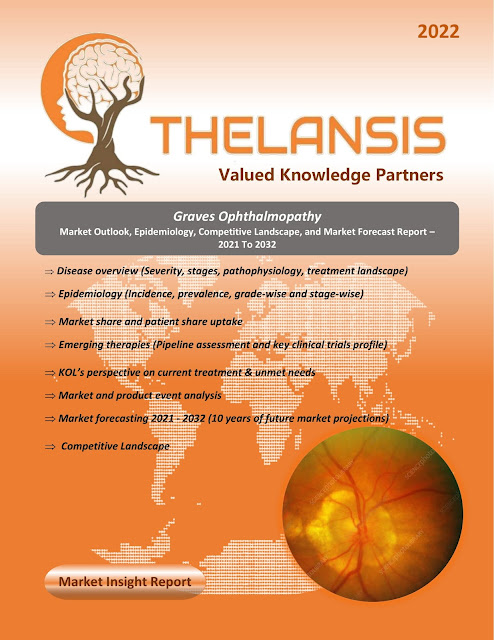
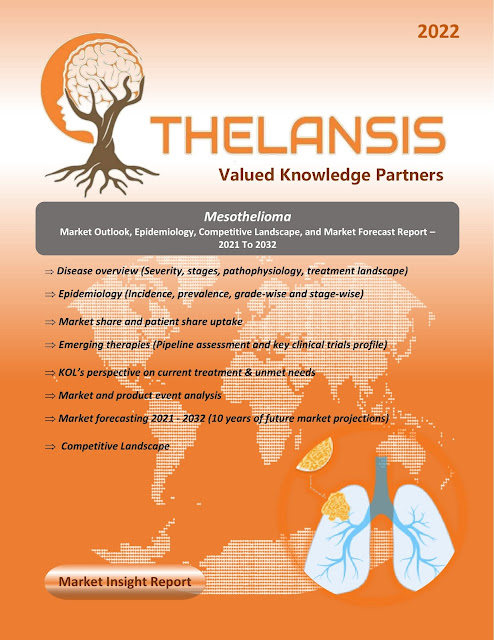
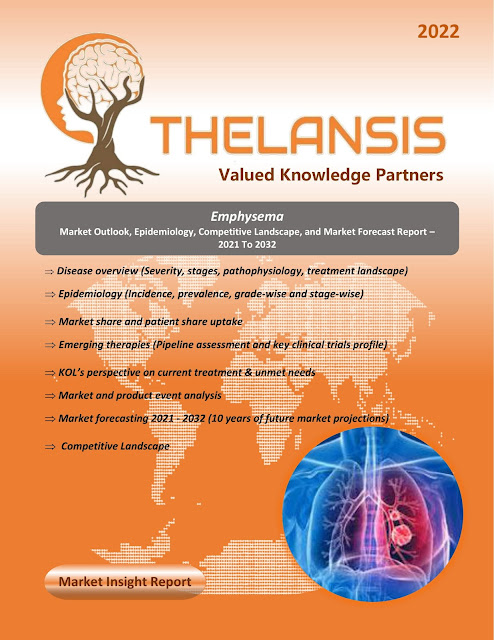
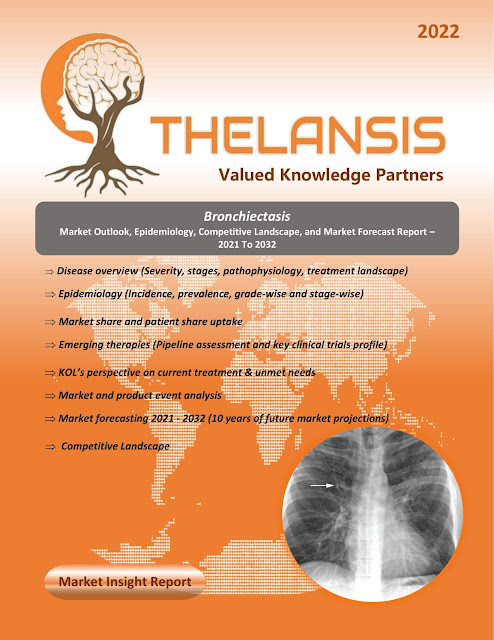
-1.jpg)
-1.jpg)
-1.jpg)